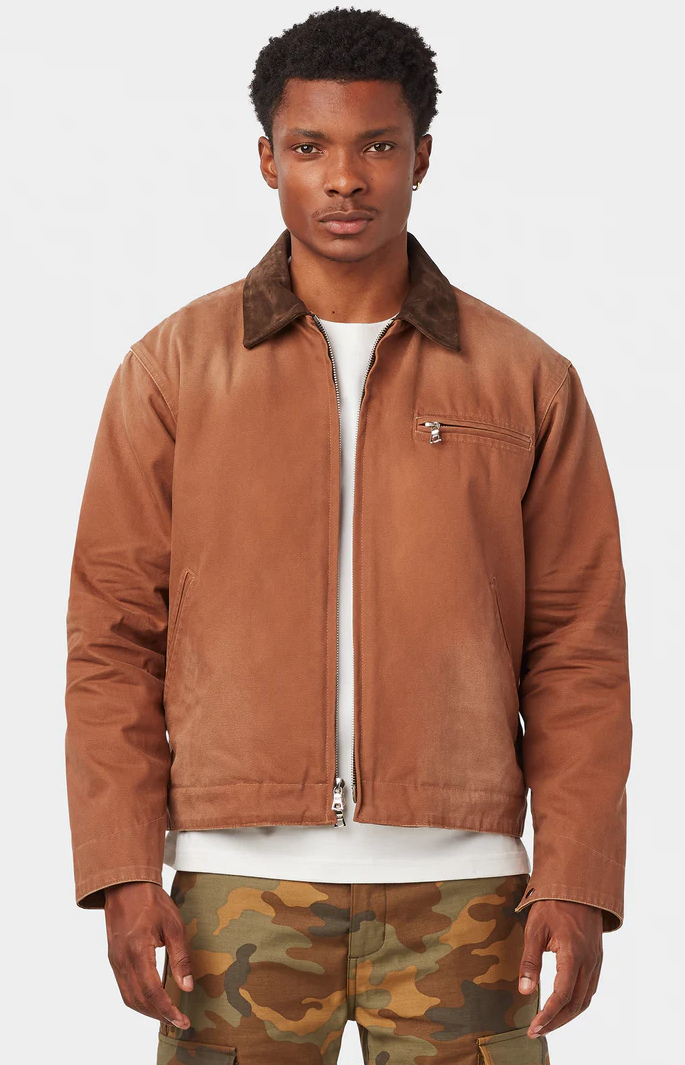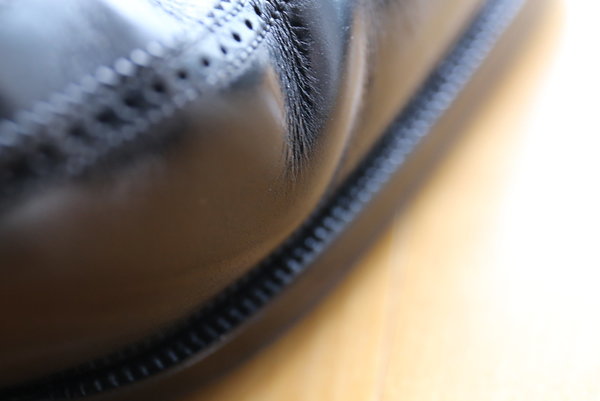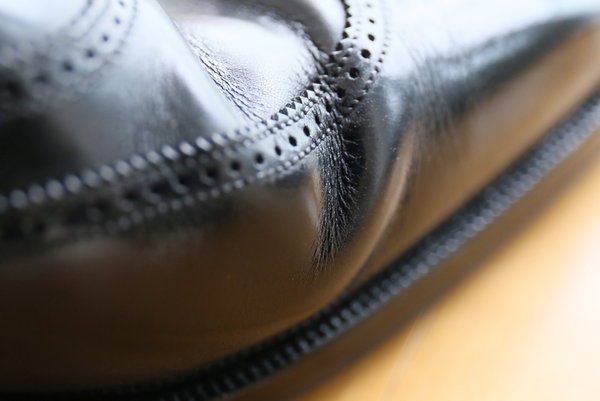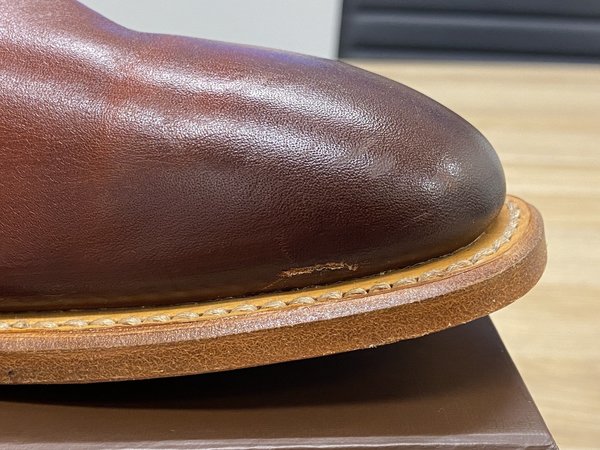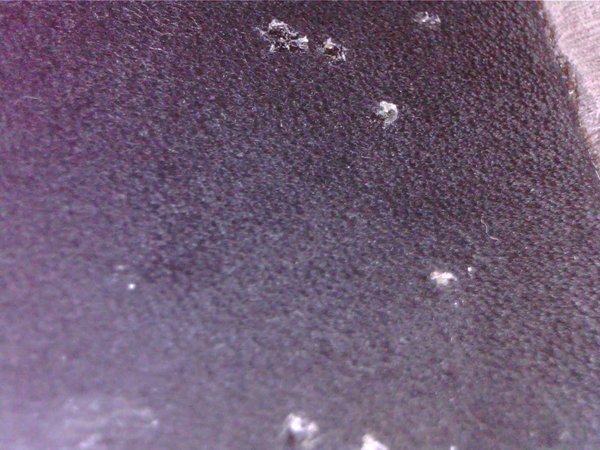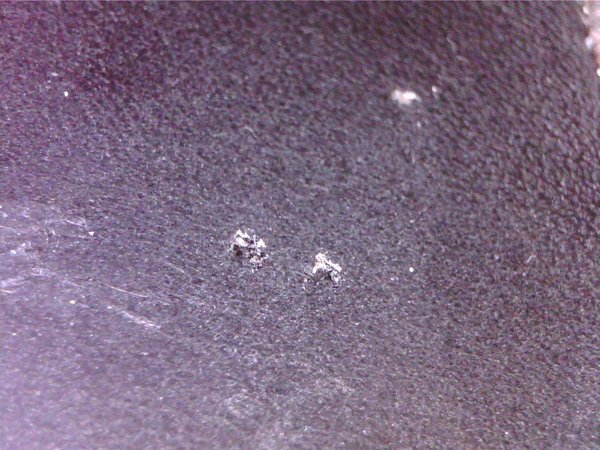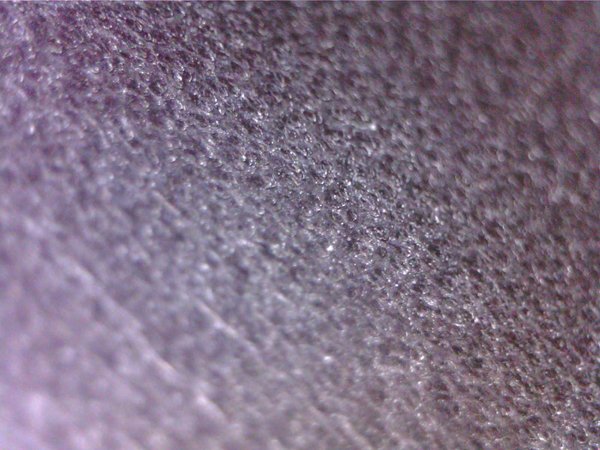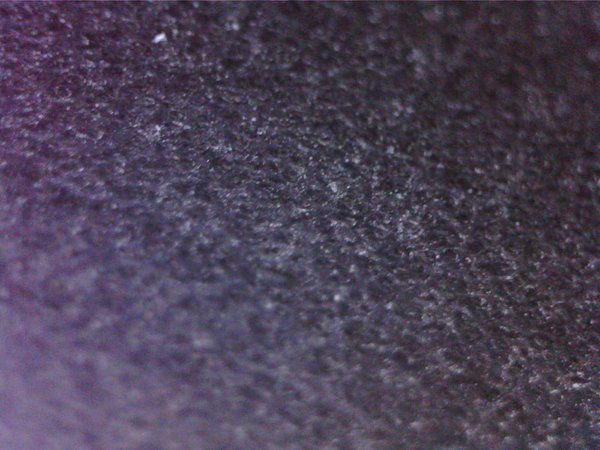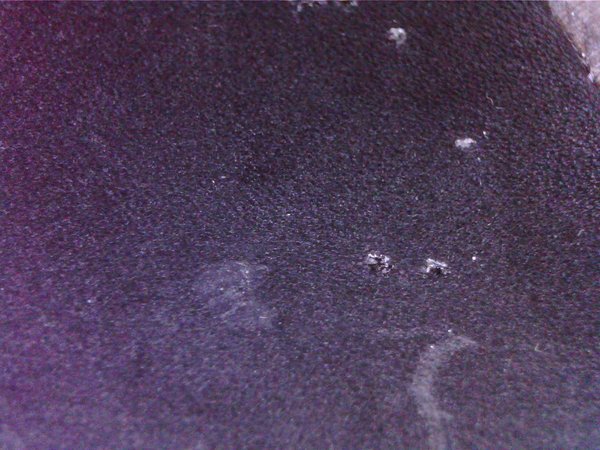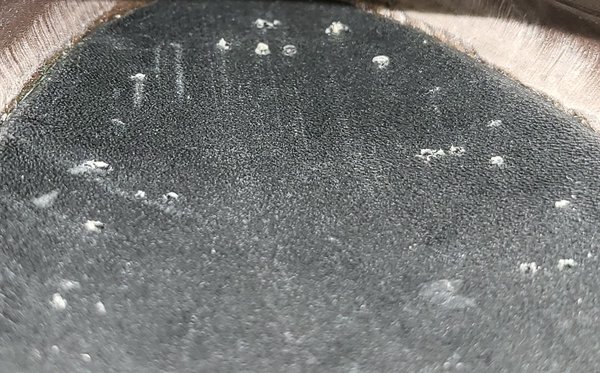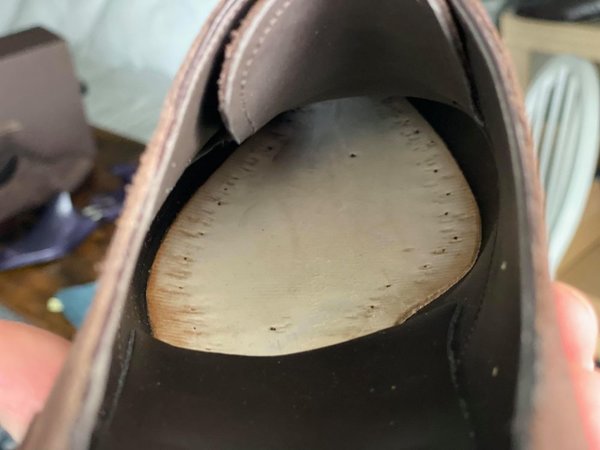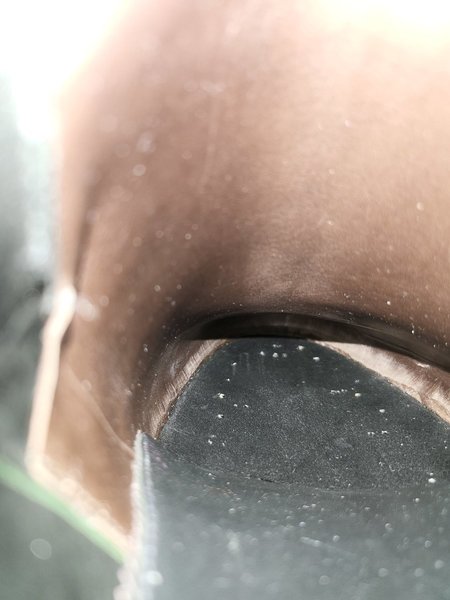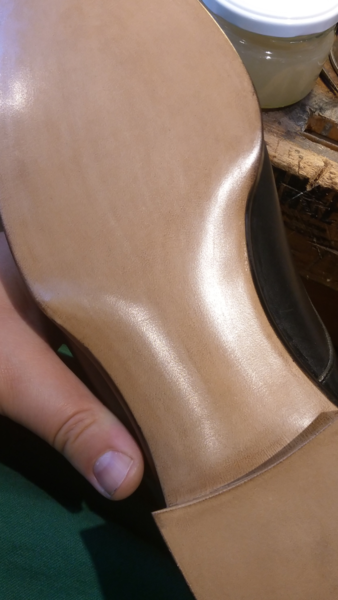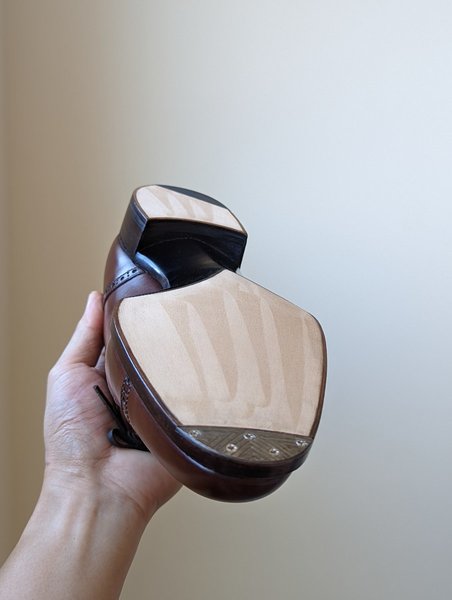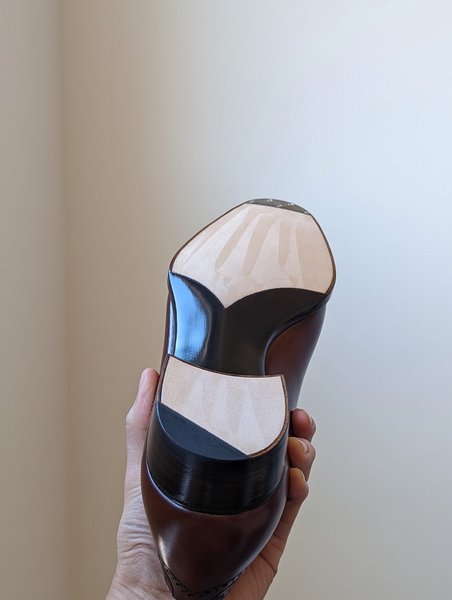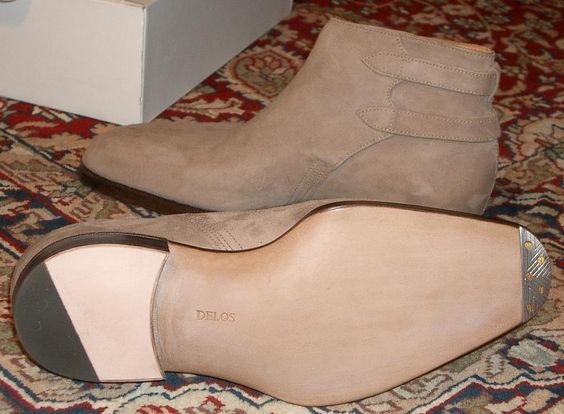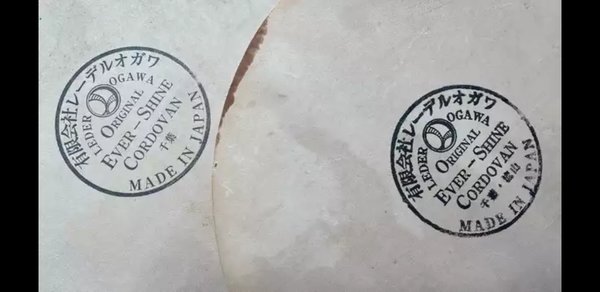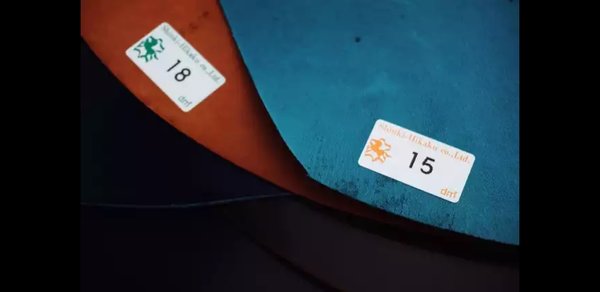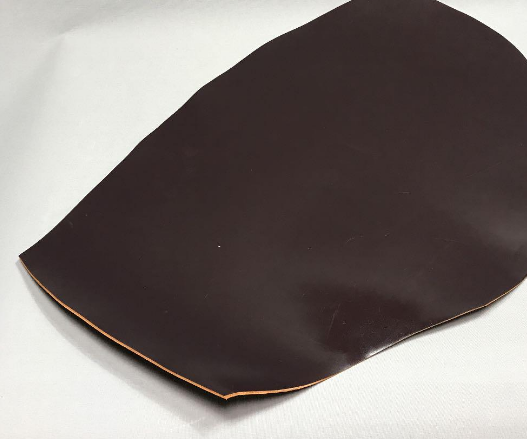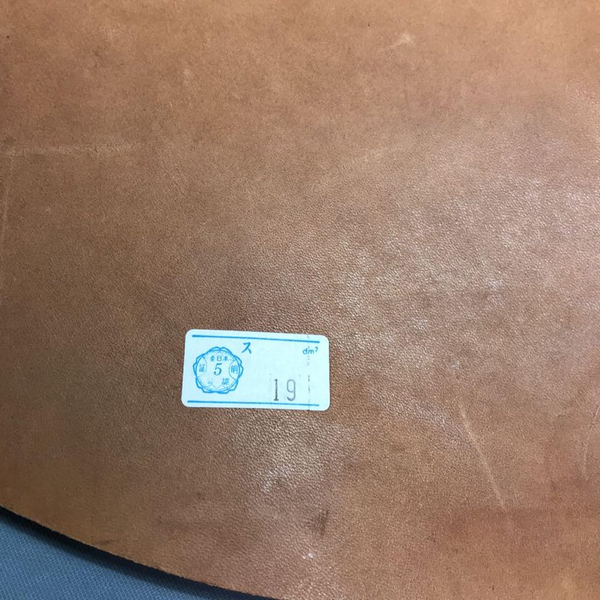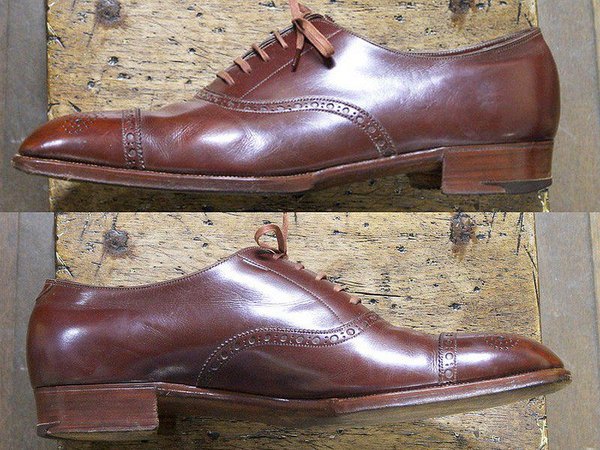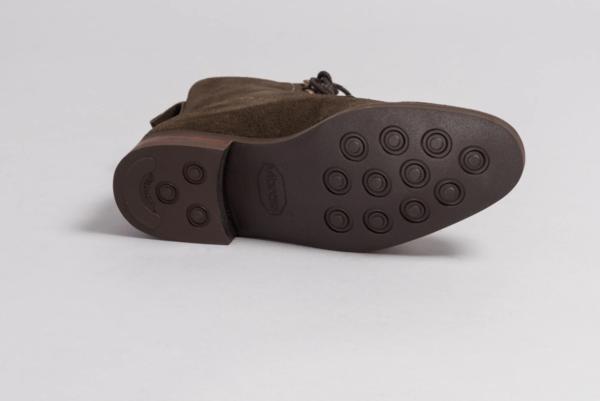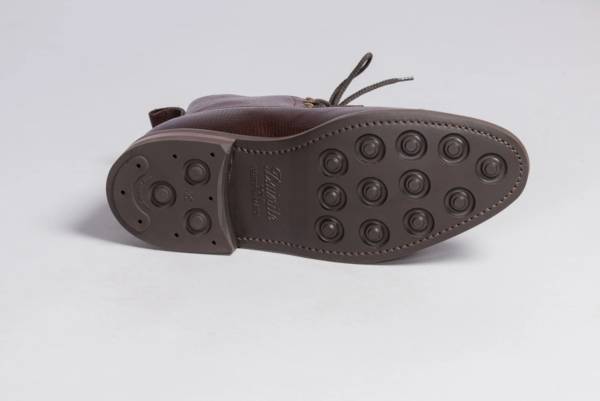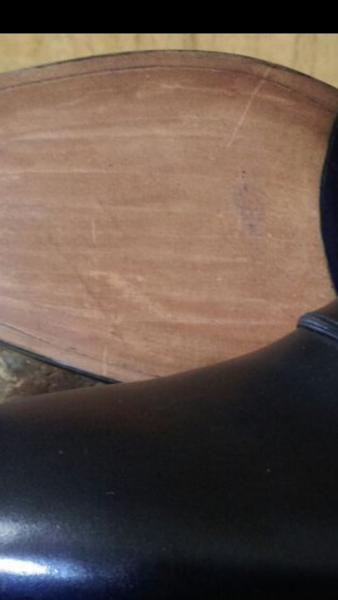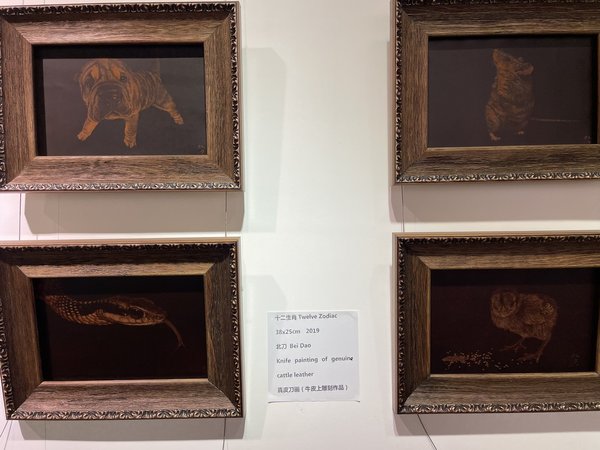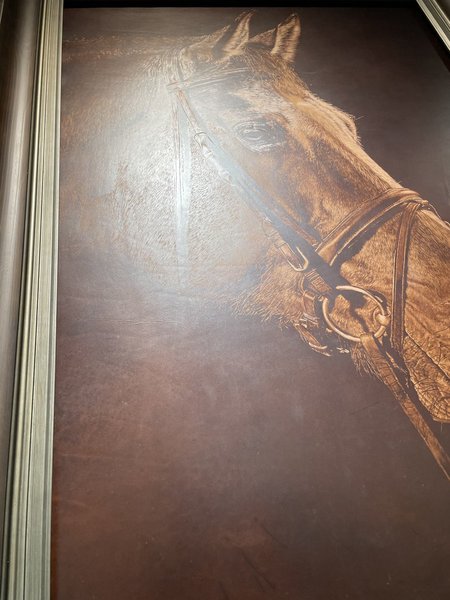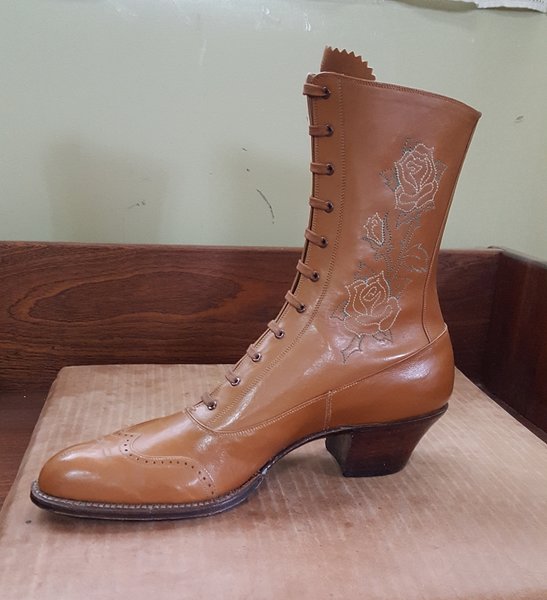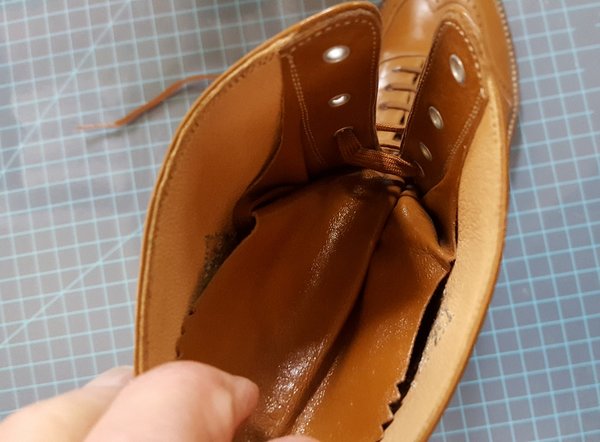dan'l
Senior Member
- Joined
- Apr 17, 2011
- Messages
- 970
- Reaction score
- 421
@DWFII, thanks for your reply. I also found an older post of yours where you wrote that you use metal shanks, but I was interested in more details, hence my post.
Now I understand that C&J uses wooden shanks (beechwood, I think). One of the arguments against wooden shanks was that they would degrade overtime due to wear, moisture, etc. But wouldn't that happen to a metal shank, too? Of course it shouldn't break, but I suspect it could rust and degrade with time. When a shoe is being re-soled, is it is possible to exchange the shank, or would that alter the balance of the shoe too much, especially after the shank has been broken in?
Now I understand that C&J uses wooden shanks (beechwood, I think). One of the arguments against wooden shanks was that they would degrade overtime due to wear, moisture, etc. But wouldn't that happen to a metal shank, too? Of course it shouldn't break, but I suspect it could rust and degrade with time. When a shoe is being re-soled, is it is possible to exchange the shank, or would that alter the balance of the shoe too much, especially after the shank has been broken in?
